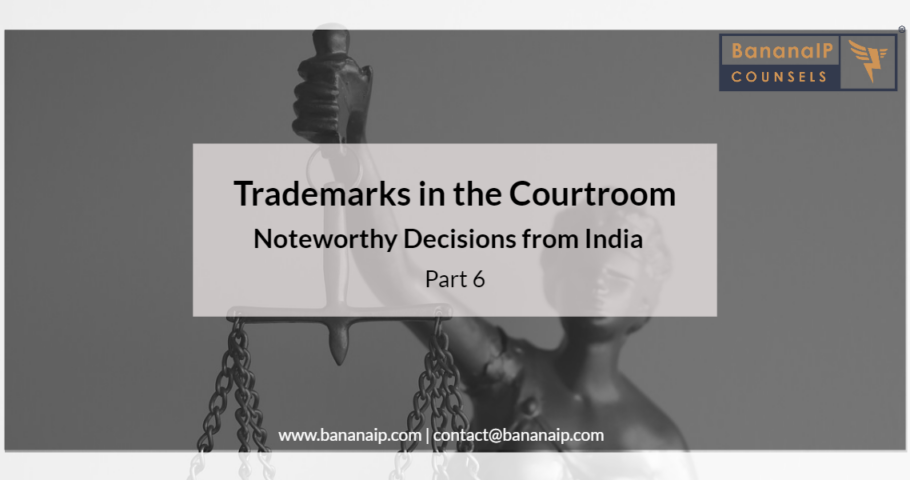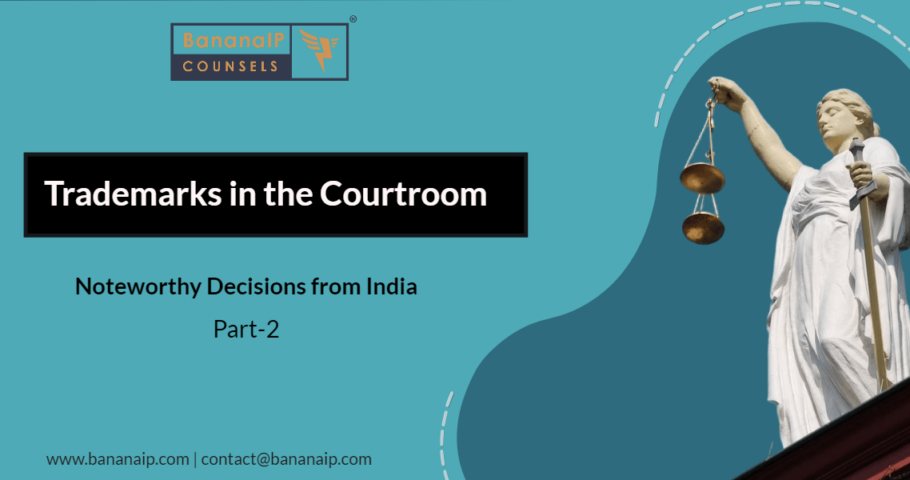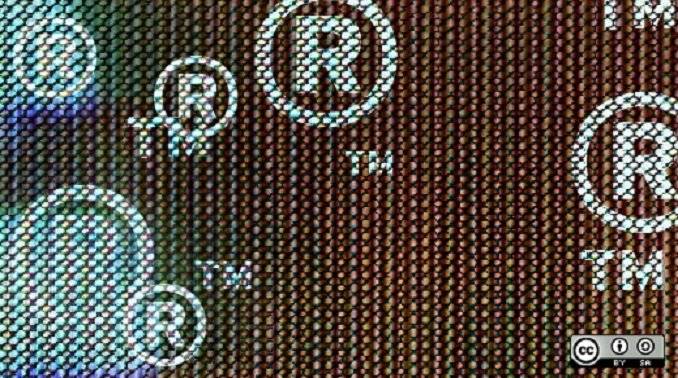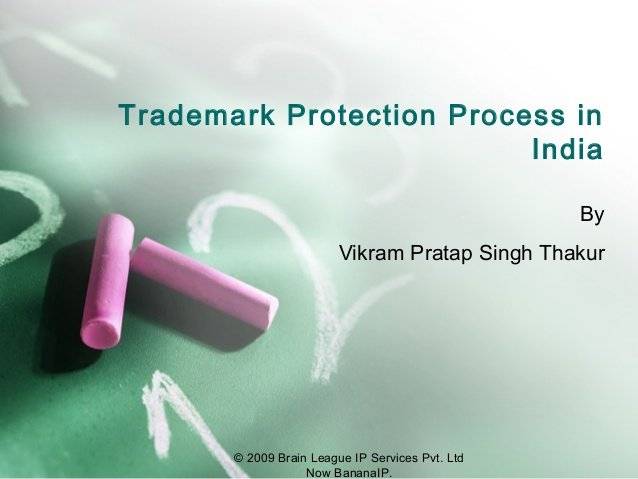Delving deeper into the nuances of trademark law, "Trademarks in the Courtroom: Noteworthy Decisions from India, Part-6" presents a fresh compilation of judgments where the courts took a stand on the distinctiveness and proper examination of trademarks. This segment emphasizes the courts' role in meticulous adjudication, shaping the legal landscape for trademark protection.
"What Do You See?" is not devoid of distinctive character, says Delhi High Court.
In a recent decision, the Delhi High Court set aside an order of the…







